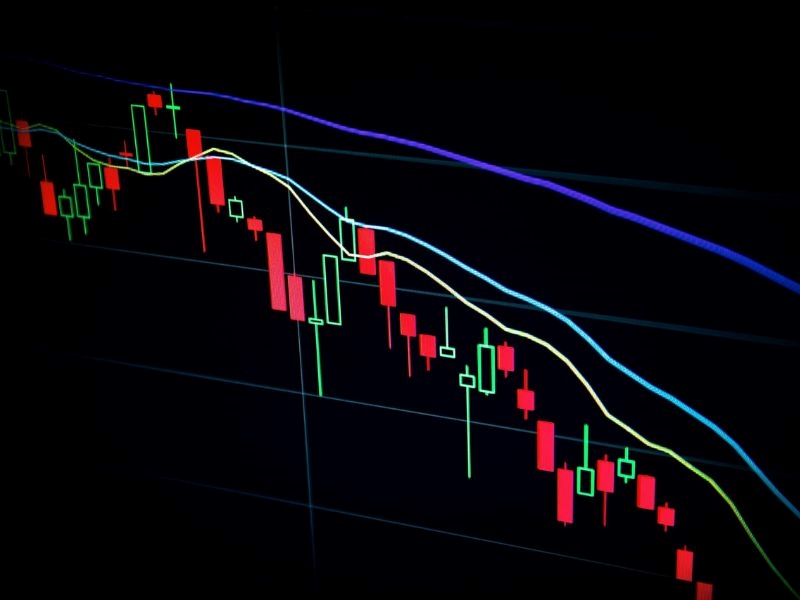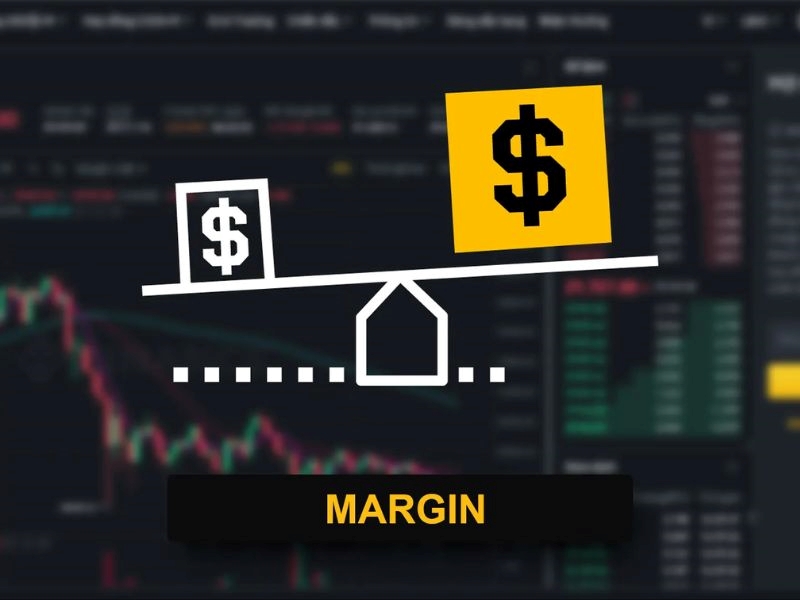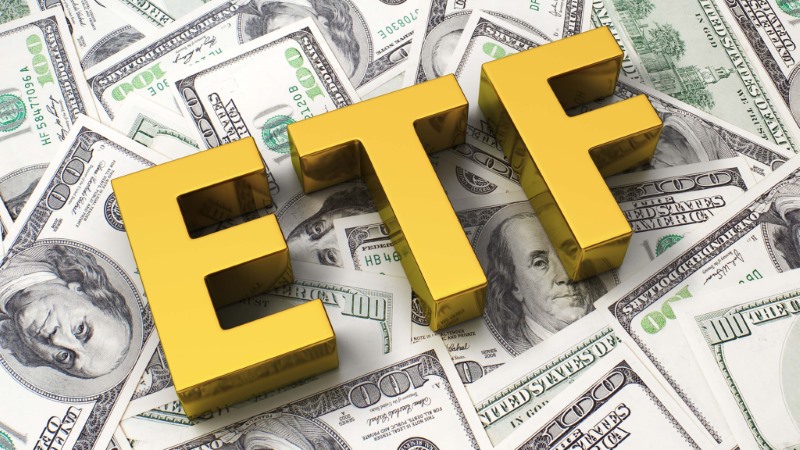In the article below, let's learn about the concept with HVA. What is full margin? and how to recognize this status of the account!
What is full margin in stocks?
What is Full Margin? Full Margin is a state when an investor has used up the maximum margin loan limit and cannot make new purchase orders. In the short term, monitoring the margin cash flow for securities helps investors minimize risks and seize good opportunities. However, margin borrowing is not always optional because current laws have set limits on margin lending, making this source of capital limited.
Concept What is All In Full Margin? also applies to the margin lending threshold of securities companies for each stock code. Once this limit is reached, the securities company will not be able to continue lending margin for that code.

Once in Full Margin status, investors need to closely monitor market fluctuations. This is especially important because if the market drops sharply and investors do not cut losses in time, the account can quickly fall into negative status. Thus, Full Margin is both an opportunity and a high risk, requiring caution and close account management from investors.
How investors can recognize Full Margin status
When investors have clearly understood the concept What is Full Margin play?, the next question is how to recognize when this state occurs. Currently, there is no standard report or data that clearly defines the Full Margin state. The common way that investors use to recognize is to try to make margin trades until reaching the maximum allowed threshold.
However, investors should not take the Full Margin issue lightly, because trading or buying stocks in this state carries a very high risk. In particular, if the stock price reaches its peak but the market suddenly turns around and drops sharply, not cutting losses in time can cause the account to quickly "evaporate". Therefore, it is necessary to closely monitor market developments and the Full Margin status to promptly change direction. investment knowledge reasonably
This approach is usually suitable for experienced investors with large capital. For new investors, using Full Margin to “test” is extremely risky and can easily lead to heavy losses. Instead, new investors should take advantage of relationships with brokers or experienced investors to learn and update information, thereby making better decisions.
What is the impact of Full Margin status?
The fact that many investors enter the stock market with Full Margin status can have a significant impact on stock prices and the entire market.
Impact on stocks

When securities companies allow Full Margin loans, this will have a significant impact on stock prices. For stocks of businesses with stable growth and high potential, large investors often take advantage of Full Margin to maximize profits. This contributes to a sharp increase in stock prices in the short term, bringing great benefits to these investors.
However, when the stock price rises too high, small investors often rush to buy in the hope of making a profit. When the margin reaches the maximum threshold, large investors often take profits, leading to a sharp drop in the stock price. As a result, those who use margin to buy these stocks will suffer losses and the selling pressure will increase, pushing the stock price down further. When the stock price falls, the margin loan increases, causing many small investors to fall into a margin call and the risk of debt increases.
Market impact
The influence of What is Full Margin? High Full Margin ratios also affect the financial reports of securities companies. To “beautify” their financial reports at the end of the quarter, many companies often sell off their Margin shares. This leads to securities companies selling a large amount of shares, forcing the market price down sharply, sometimes reaching the Margin Call threshold. At that time, investors are forced to dump their shares at low prices, causing great losses and increasing market volatility.
What is Full Margin's risk mitigation solution?
To avoid risks associated with Full Margin, investors should focus on stocks of companies with clear, transparent financial reports that accurately reflect the business situation. Stocks with less price volatility will be a safer choice, helping investors minimize the risk of falling into Call Margin status.
Why use Full Margin in business?
Investing in stocks is a sustainable form of investment but comes with high risks, requiring investors to consider carefully before making a decision. Using margin can help increase profitability by allowing you to invest more than your available capital. However, using margin also carries many risks, especially the risk of debt if the investment does not meet expectations. Therefore, understanding clearly about What is Full Margin? is necessary to limit risks in stock investment.
Illustration of Regular Margin and Quick Margin
Suppose investor A has 10 million VND and wants to invest in a stock priced at 100,000 VND/share. If using Full Margin at a ratio of 3:1, investor A can borrow an additional 20 million VND from the securities company, increasing the total investment capital to 30 million VND.
- If the stock price increases to VND110,000, the investor will earn a profit of VND1 million after deducting the borrowing cost.
- Conversely, if the stock price falls to VND90,000, the investor will lose VND1 million.
In case stock price If the market falls sharply, if investors are unable to repay the loan, they may be subject to margin calls, penalties, or face legal action.
Due to the potential risks, investors should use margin carefully and reasonably. Learn more about What is Quick Margin? and its operating principles are the way to avoid serious consequences. Understanding and controlling Full Margin well not only helps protect assets but also supports investors in making wise decisions in the stock market.
How to manage risk to avoid Full Margin situation

After research What is Full Margin?, let's study how to manage risk to avoid Full Margin! Full Margin is a double-edged sword: if successful, the profit is huge but if failed, there will be heavy losses. Therefore, Full Margin is mainly a playground for investors with large capital and extensive experience. For new investors, it is best to avoid falling into Full Margin. Here are some methods to manage risk and avoid Full Margin:
- Keep a reasonable cash ratio in the account: Investors should keep a portion of cash, avoid investing all capital in stocks. According to the experience of long-term investors, the ratio of 30% cash and 70% stocks is reasonable when the market is rising and vice versa when the market is falling.
- Diversify your portfolio: Don’t put all your money into one stock. This will help minimize the damage if one stock goes wrong, while increasing the chances of profit from other stocks.
- Cut losses in time: When stocks fall, many investors still hold them in the hope that the price will recover. However, this is like a gamble, not sure to make a profit and only increases Margin debt. Investors should "cut losses" when stocks fall 8% to minimize losses and find other opportunities.
Margin is a powerful financial tool that can increase profits, but it also carries many risks. If Margin is used excessively and reaches the Full Margin threshold, investors may suffer heavy losses. HVA hope the information about What is Full Margin? The above will help investors understand and use margin effectively, avoid risks and achieve success in investing.











